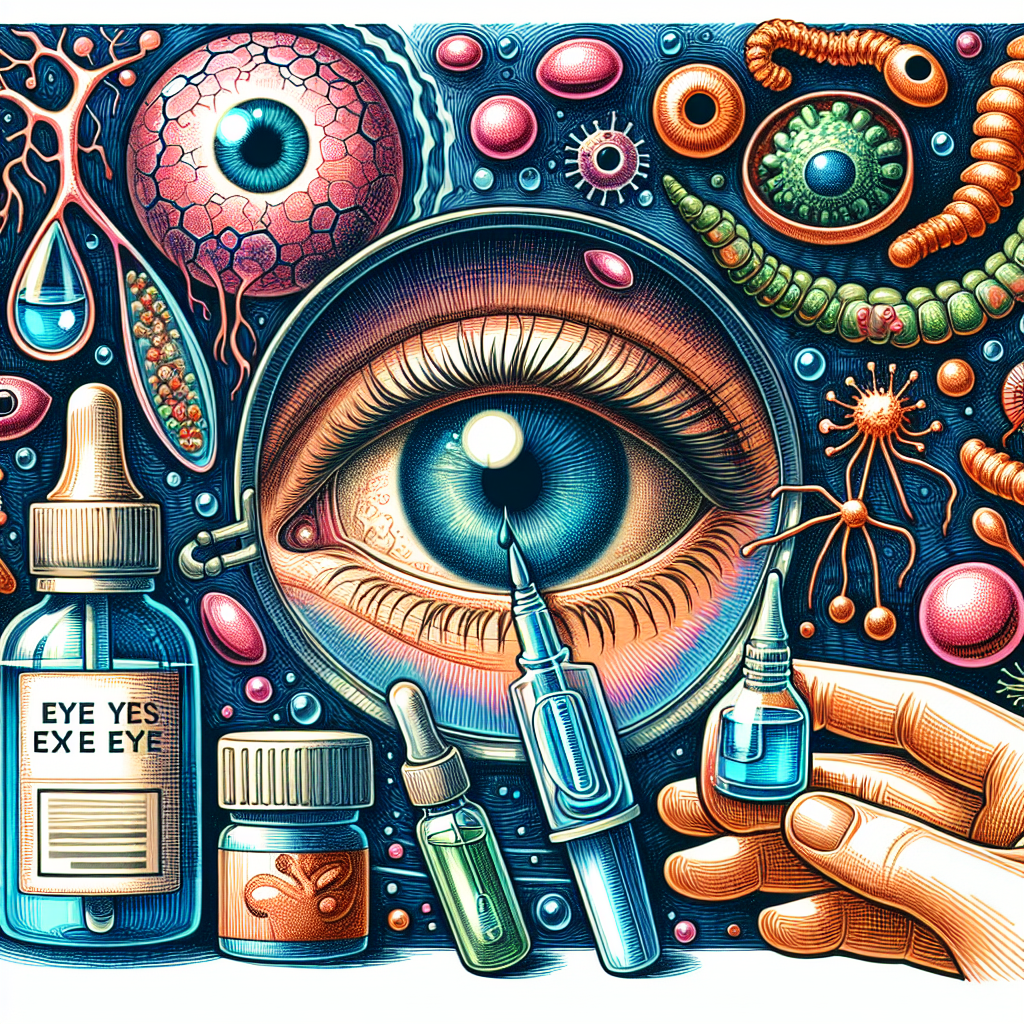Introduction
Picture a day that starts with the promise of productivity, only to be interrupted by the constant nagging of dry eyes. It feels like having grains of sand in your eyes — an uninvited guest, persistent and relentless. But, what if there was a way to wash away this discomfort, restoring clarity and comfort? Welcome to the world of eye drops, the unsung heroes of ocular relief. In this guide, we explore the best eye drops for dry eyes, providing you with a roadmap to clearer vision and enhanced comfort.
- Understanding Dry Eyes
- Causes of Dry Eyes
- Symptoms to Watch For
- The Magic of Eye Drops
- Top Recommendations for Eye Drops
- Key Takeaways
- Frequently Asked Questions
- Conclusion
Understanding Dry Eyes
Dry eyes emerge when your tears cannot provide adequate moisture. Imagine your eyes as a lake. When the water levels drop, the ecosystem struggles, leading to irritation and imbalance. This condition is not just an inconvenience; it affects your daily life, from reading to driving. Knowing the root causes can help in choosing the right treatment.
Causes of Dry Eyes
Just as a garden withers without water, your eyes suffer in arid conditions. Causes include environmental factors like wind and smoke, prolonged screen time, and certain medical conditions such as rheumatoid arthritis. Even medications like antihistamines can sap moisture from your eyes.
Symptoms to Watch For
The signs of dry eyes whisper rather than shout. Redness, a burning sensation, and blurred vision are common symptoms. If left untreated, they can escalate into more serious issues, much like a small scratch turning into an infected wound. For more insight on how infections develop, consider our article on tiny cuts leading to infections.
The Magic of Eye Drops
Eye drops are akin to rain that quenches a parched desert. They replenish moisture, soothe irritation, and restore balance. But not all eye drops are created equal. Let’s navigate through some top recommendations that could be your oasis in the desert of dry eyes.
Top Recommendations for Eye Drops
- Systane Ultra Lubricant Eye Drops: Known for immediate relief and long-lasting comfort.
- Refresh Tears Lubricant Eye Drops: Ideal for quick moisture restoration.
- Blink Tears Lubricating Eye Drops: Offers natural-feeling relief without preservatives.
- Xiidra: A prescription option that can treat more severe dry eye symptoms.
- Restasis: Another prescription choice that helps increase tear production over time.
For comprehensive treatments and services related to eye infections and styes, consider visiting our page on eye health services.
Key Takeaways
- Dry eyes are caused by various factors including environment and medication.
- Symptoms include redness, irritation, and blurred vision.
- Choosing the right eye drops can significantly alleviate discomfort.
- Consult an eye care professional for persistent symptoms or prescription options.
Frequently Asked Questions
Are dry eyes a serious condition?
While they may start as a minor nuisance, untreated dry eyes can lead to complications such as infections or damage to the corneal surface.
How often should I use eye drops?
This depends on the severity of your symptoms. Over-the-counter drops can be used several times daily, while prescription options require specific instructions from your doctor.
Can lifestyle changes help with dry eyes?
Absolutely! Reducing screen time, using humidifiers, staying hydrated, and taking breaks during tasks that strain your eyes can all contribute to healthier eyes.
Conclusion
In the journey to alleviating dry eyes, eye drops serve as faithful companions guiding you back to comfort. By understanding the underlying causes and selecting the appropriate remedy, you can transform your eye health landscape from barren to blooming. So why let dry eyes cloud your vision when relief is just a drop away? Remember, the best defense is proactive care, whether it’s combating dryness or addressing emergent issues like infections. For urgent concerns, don’t hesitate to explore our urgent care services.
For further reading on related topics, consult reputable sources such as the National Institutes of Health or explore resources provided by organizations like the WebMD.











